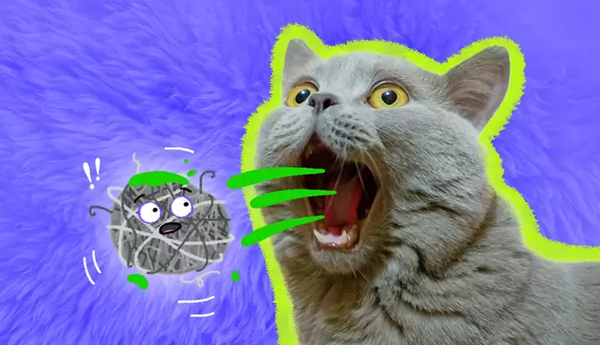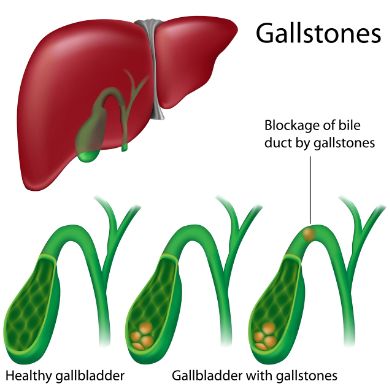Catnip: the Stimulant?
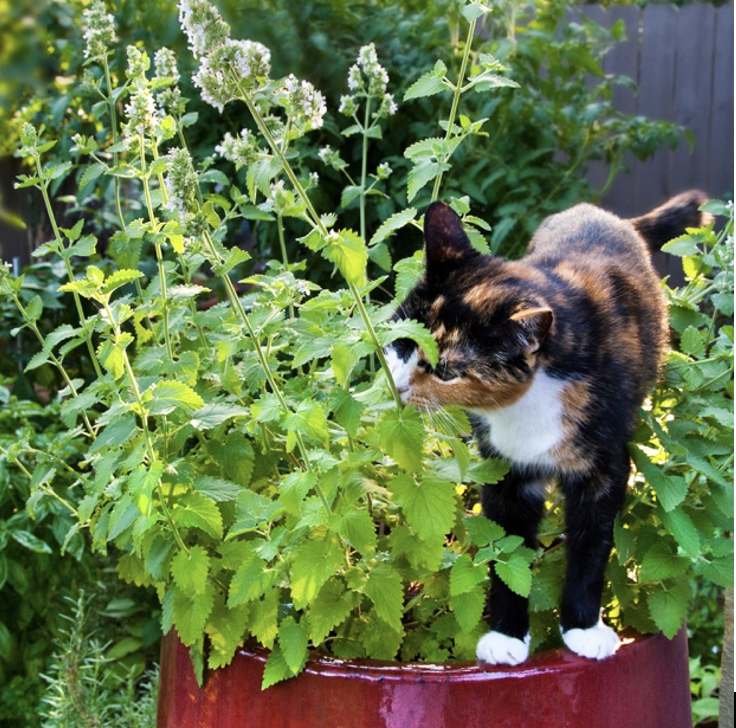
By Y11 Winnie Wang
Have you ever heard of catnip? If you have a cute little kitten at home, then you definitely have heard of this mysterious plant. It is famous more for its effect like a stimulant, just a sniff, and then the cat gets excited and joyful. Many people are familiar with catnip, but not everyone knows what type of plant it is or the science behind how it affects a cat’s mood and behavior. Let’s keep on reading and gain some insights of how catnip works and the mystery and mechanism behind this “stimulant”!
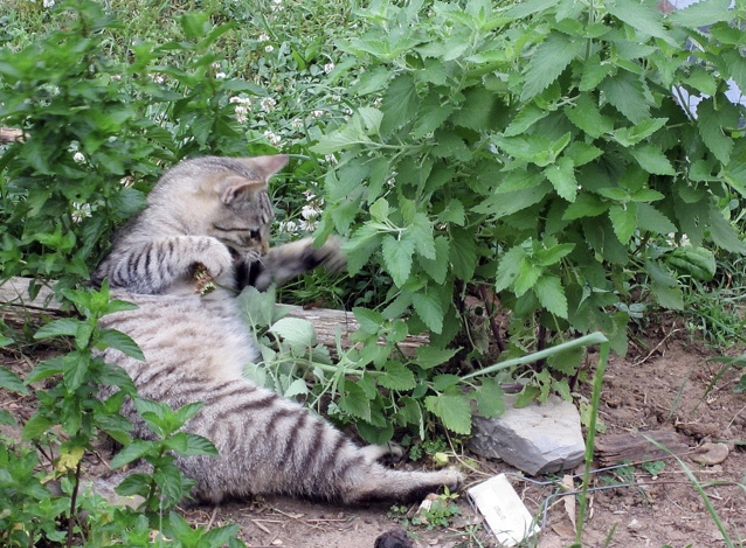
What is a catnip?
Nepeta cataria, commonly known as catnip or catmint, is a species of the genus Nepeta in the mint family, Lamiaceae. It’s widely naturalized in northern Europe, New Zealand, and North America. The name catnip is derived from the intense attraction of cats towards it.
Nepeta Cataria is a short-lived perennial herbaceous plant that grows to be 50-100 cm in tall and wide that blooms from late spring to autumn. It’s a typical member of the mint family of plants, featuring brown-green foliage that has a soft and fuzzy texture. The small flowers of it are fragrant and are either pink or white, attracting pollinators like bees, butterflies, and other beneficial insects.

Effect on cats
So why do cats become excited after being exposed to catnip?
When exposed to catnip, there is a main response period that is generally between 5-15 minutes, after which olfactory fatigue usually sets in. During this period, common cat behaviors displayed include rubbing on the plant, rolling on the ground, pawing, licking, and even chewing it.
Catnip contains a key chemical called nepetalactone, being a natural feline attractant. It not only has behavioral effects on domestic cats, but also on other species including leopards, cougars, and servals based on tests. Cats detect nepetalactone through their olfactory epithelium, consisting basal cells, supporting cells, and olfactory sensory neurons that bind odor molecules with their cilia, instead of the vomeronasal organ. At the olfactory epithelium, the nepetalactone binds to the olfactory receptors.
The volatile nepetalactone affects domestic cats via their nasal mucosa. When the olfactory receptor is exposed to nepetalactone, β-endorphin secretion in blood is induced. This endorphin release in turn activates µ-opioid receptors as an agonist, thus working in a similar manner as morphine and other opioids, signaling the brain to activate the amygdala (responsible for emotional responses) and the hypothalamus (behavior responses), resulting the excitatory actions.
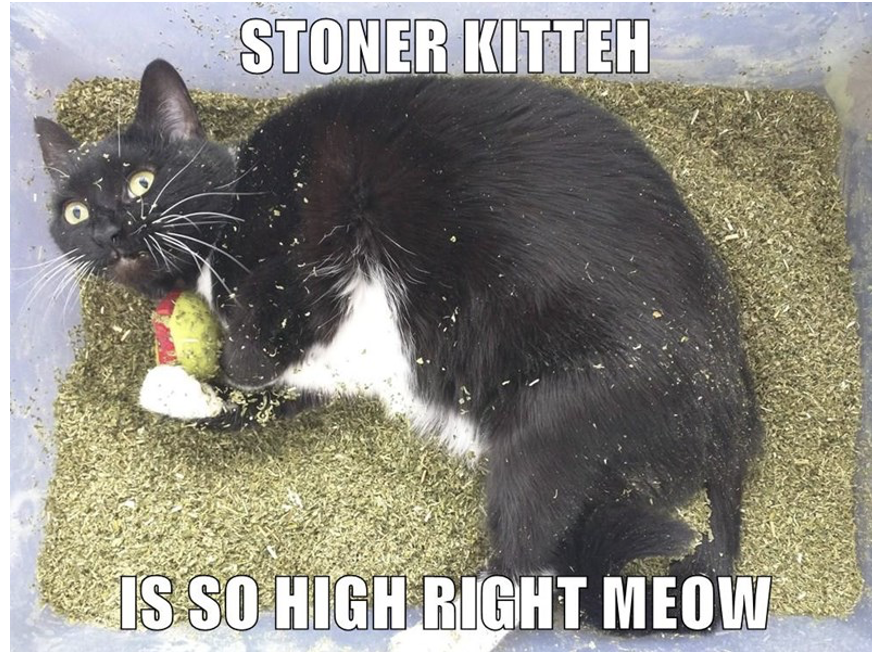
Are all cats effected?
Nevertheless, not all cats get excited when exposed to catnip. Researches show that only about 70% cats are affected by catnip. The susceptibility of cats to catnip is gene-dependent and hereditary. Additionally young kittens usually aren’t affected until they reach sexual maturity.
Cautions while using! ♻️
1. Never overconsume! Excessive consumption can lead to nausea, vomiting, or diarrhea.
2. Avoid giving catnip to pregnant cats, it may cause uterine contractions or stimulate menstruation leading to potential complications.
3. Some individuals may be allergic to it and can experience itching, redness, or swelling after contact.
So the next time when you give your cats catnip, see how they react! And don’t get worried if they just walked away!



